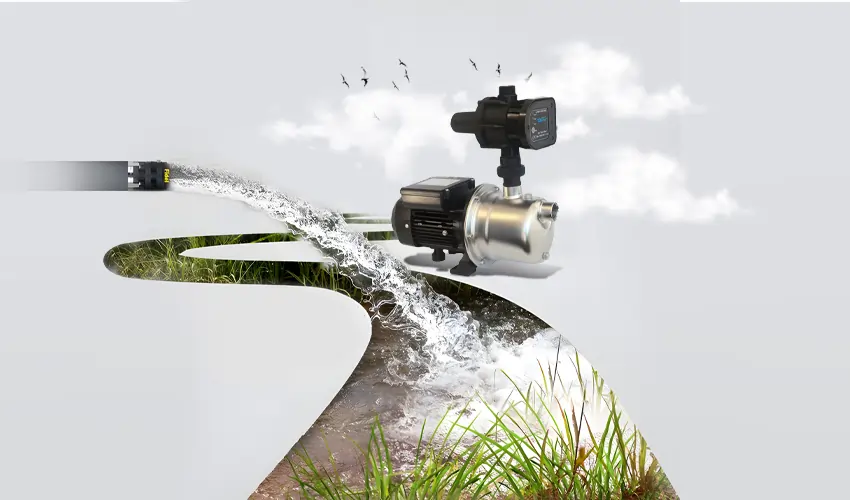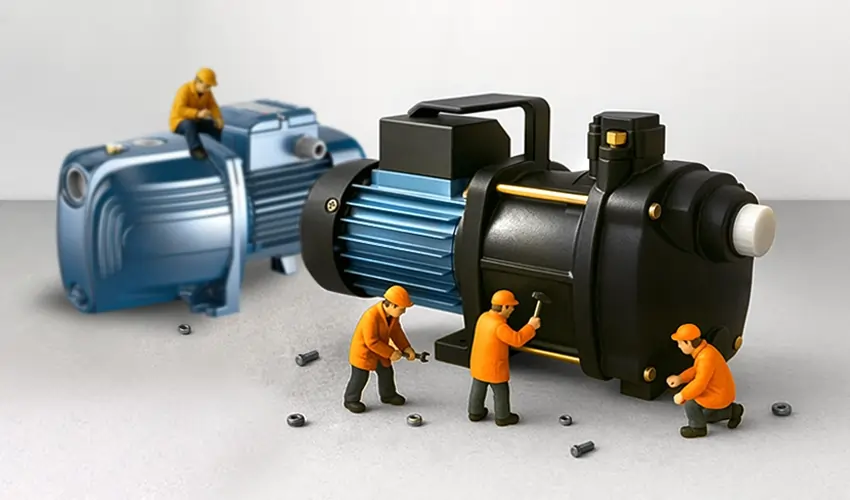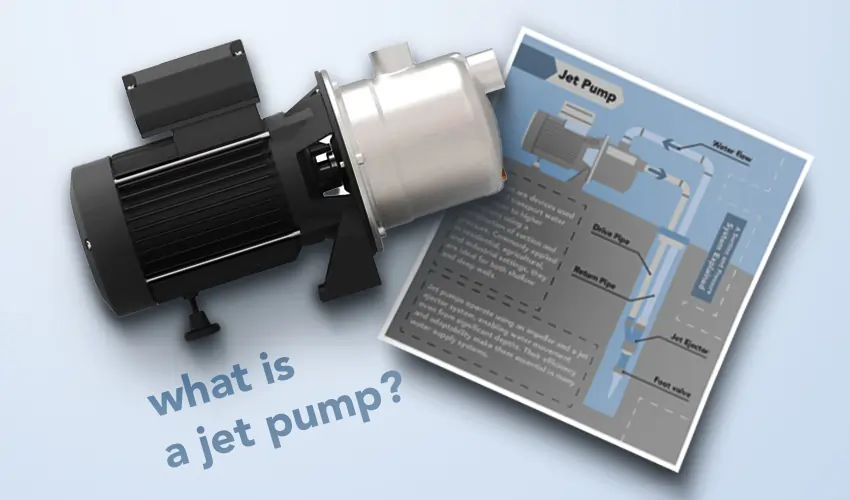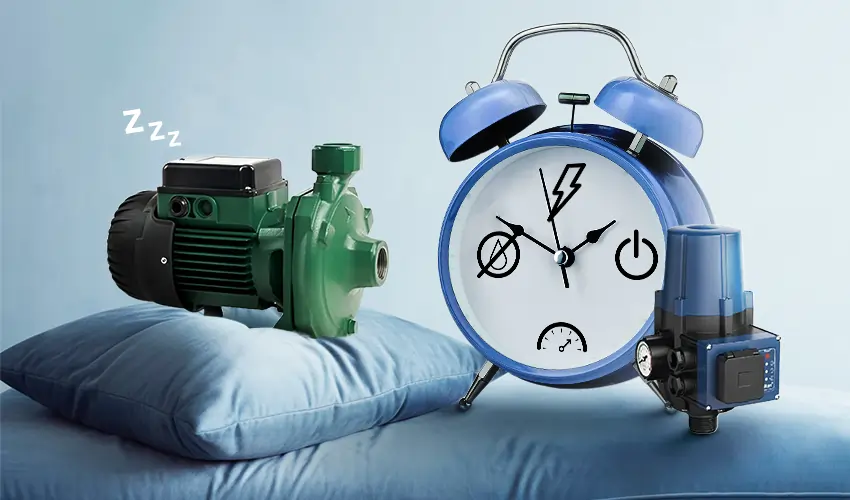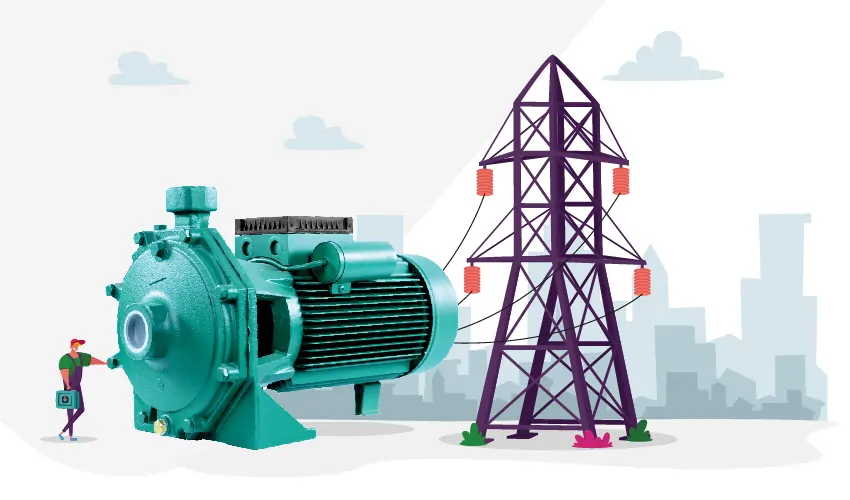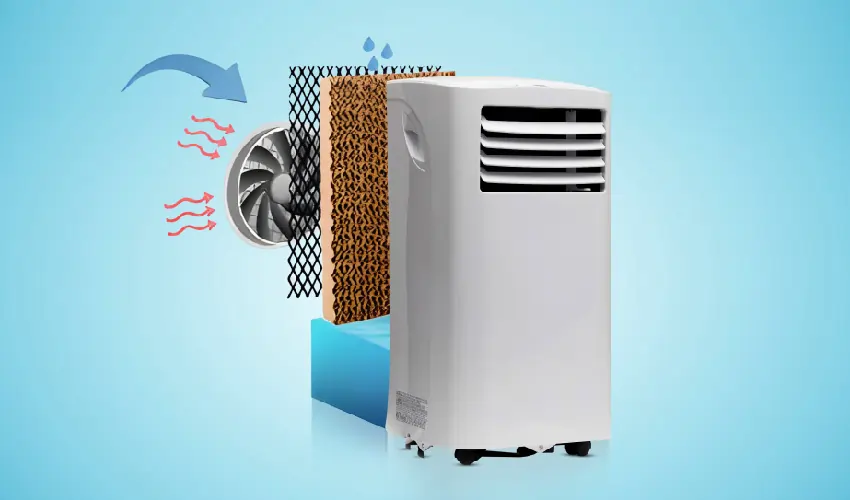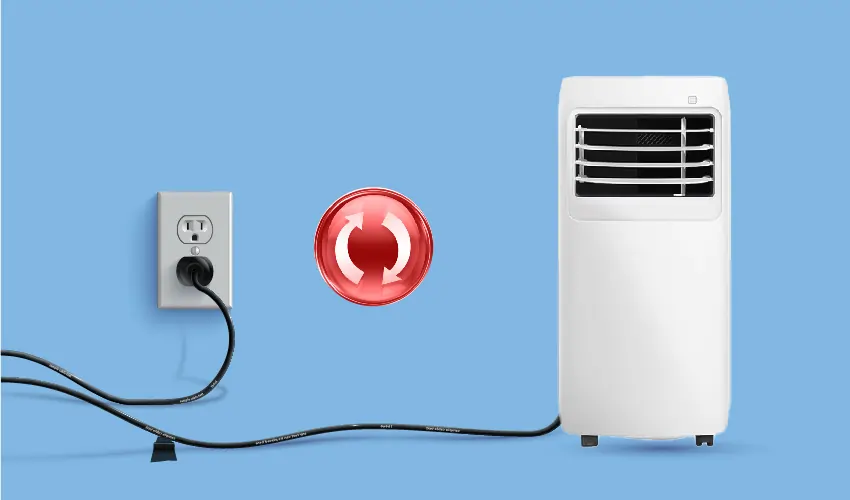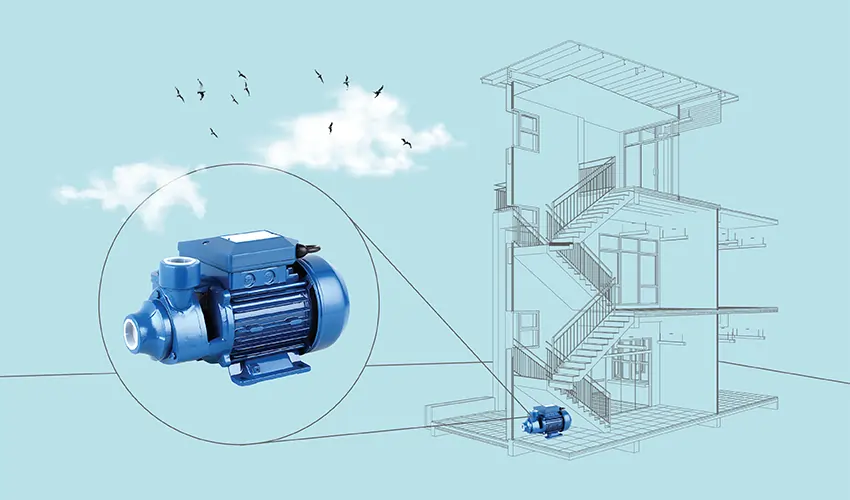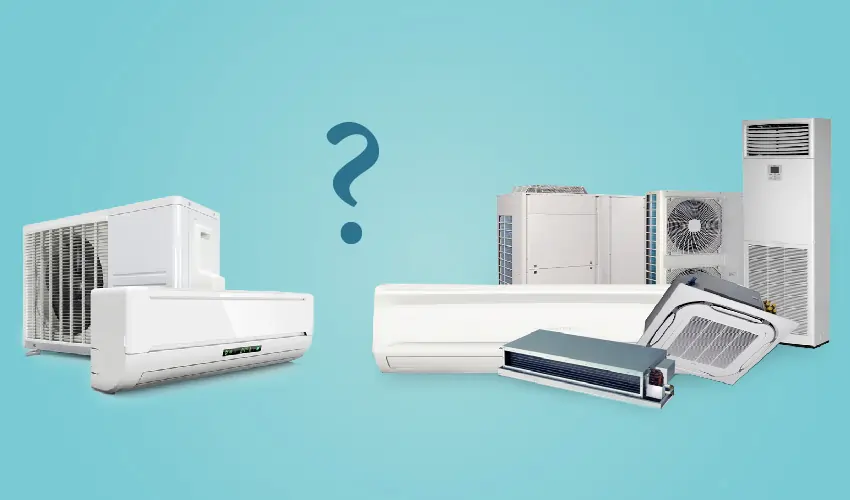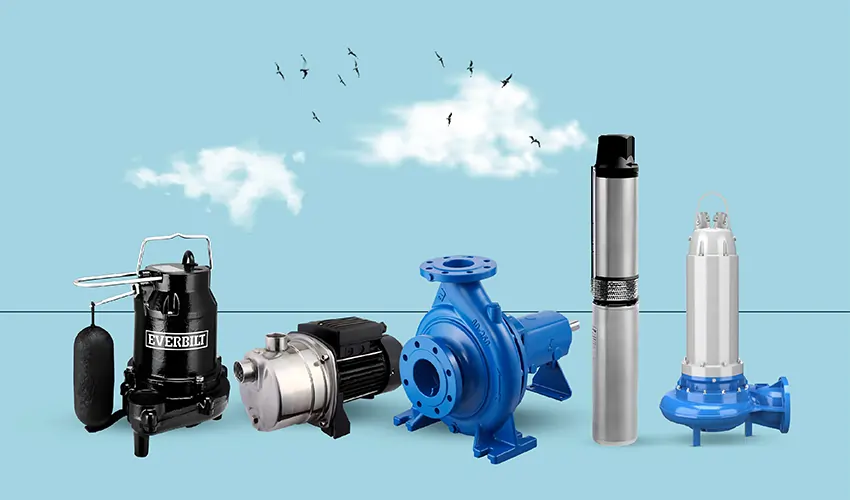By monitoring parameters such as pressure or water level, automatic control systems optimize pump operation, reduce manual intervention, and enhance system performance.
Definition of Automatic Water Pump Control
Automatic water pump control refers to a system or device that regulates the operation of a water pump automatically, based on certain predetermined conditions or parameters. It is designed to monitor and control the functioning of a water pump without the need for manual intervention.
The specific features and functionality of an automatic water pump control system may vary depending on its design and intended application. However, the primary purpose is to optimize the pump’s performance, ensure efficient water supply, and protect the pump from potential damage.
Benefits and Advantages of Automatic Water Pump Control
Automatic water pump control systems offer several benefits and advantages, including:
- Convenience and Automation: One of the primary advantages of automatic water pump control is the convenience it provides. The system automates the operation of the pump, eliminating the need for manual monitoring and control. Once properly set up, the system can start and stop the pump as needed based on predetermined conditions, ensuring a continuous water supply without requiring constant human intervention.
- Energy Efficiency: Automatic pump control systems help optimize energy usage by operating the pump only when necessary. The system can be programmed to start the pump when the water pressure drops below a certain threshold or when the water level falls too low, and stop the pump when the desired pressure or level is reached. This prevents the pump from running continuously and consuming unnecessary energy, resulting in energy savings.
- Protection for the Pump: Automatic pump control systems incorporate safety and protection features to safeguard the pump from damage. For example, the system can include dry-run protection, which prevents the pump from running without water, avoiding overheating and potential damage to the pump. Additionally, overload protection and short-circuit protection features can help prevent electrical issues that could harm the pump.
- Optimal Performance: By maintaining appropriate water pressure or level, automatic pump control systems ensure optimal performance of the pump and the overall water supply system. Consistent and controlled operation helps prevent under- or over-pressurization, leading to efficient water distribution and improved system performance.
- Reduced Maintenance: The automated nature of the system can contribute to reduced maintenance requirements. By preventing issues such as dry running or overload conditions, automatic pump control systems can extend the lifespan of the pump and reduce the need for repairs or replacements. Regular monitoring and timely interventions can be implemented to address any potential problems before they escalate.
- Water Conservation: Automatic pump control systems can be integrated with sensors that monitor water levels. By efficiently managing the pump operation based on water demand and available supply, these systems can help conserve water. They prevent excessive pumping or wastage by ensuring that the pump operates only when necessary, reducing water consumption and promoting responsible water usage.
Types of Automatic Water Pump Control
There are several types of automatic water pump control systems available, each designed for specific applications and operating conditions. Here are some common types:
- Pressure Switch Control: This is one of the simplest and most common types of automatic water pump control. It uses a pressure switch that senses changes in water pressure. When the pressure drops below a set point, indicating a demand for water, the switch activates the pump. Once the pressure reaches a predetermined level, the switch turns off the pump.
- Float Switch Control: Float switch control systems use float switches to monitor the water level in a tank or reservoir. The float switch is mounted on the side of the tank, and as the water level rises or falls, the switch activates or deactivates the pump accordingly. This type of control system is often used for sump pumps, well pumps, and other applications where maintaining a specific water level is crucial.
- Level Sensor Control: Level sensor control systems employ various types of sensors, such as ultrasonic sensors or conductive probes, to monitor the water level. These sensors provide continuous feedback on the water level in a tank or reservoir. Based on the sensor readings, the control system starts or stops the pump to maintain the desired water level.
- Pressure Transducer Control: Pressure transducer control systems use pressure transducers to measure the water pressure in a system. The transducer converts the pressure into an electrical signal, which is then used by the control system to regulate the pump operation. When the pressure falls below a specified threshold, the control system activates the pump, and it shuts off when the pressure reaches the desired level.
- PLC (Programmable Logic Controller) Control: PLC-based control systems offer advanced automation and customization capabilities. They utilize a programmable logic controller that can be programmed to monitor multiple parameters, such as pressure, flow rate, and other variables. PLC control systems allow for more sophisticated control strategies, integration with other systems, and remote monitoring and control capabilities.
- Variable Frequency Drive (VFD) Control: VFD control systems are often used for pumps with electric motors. They regulate the speed of the motor by adjusting the frequency of the electrical supply. VFDs offer precise control over the pump’s speed and can optimize energy efficiency by matching the pump’s output to the demand, resulting in energy savings.
Maintenance and Troubleshooting of Automatic Water Pump
Maintenance and troubleshooting of automatic water pump systems are essential to ensure their reliable operation and prevent potential issues. Here are some maintenance tasks and troubleshooting steps for automatic water pump systems:
Maintenance
- Regular Inspection: Conduct routine inspections of the pump, control panel, and associated components to check for any signs of damage, leaks, loose connections, or abnormal wear. Inspect the sensors, wiring, and electrical connections for any issues.
- Cleaning: Keep the pump and surrounding area clean and free from debris that may obstruct the pump’s operation or compromise sensor readings. Clean the pump intake screen or filter regularly to prevent clogging.
- Lubrication: If the pump requires lubrication, follow the manufacturer’s guidelines for lubrication intervals and use the recommended lubricant. Ensure proper lubrication of bearings, shafts, or other moving parts as specified.
- Electrical System Maintenance: Inspect and maintain the electrical components of the control panel, including wiring, terminals, switches, relays, and fuses. Check for any signs of overheating or loose connections.
- Calibration: If applicable, calibrate pressure or level sensors periodically to ensure accurate readings. Follow the manufacturer’s instructions for calibration procedures.
- System Testing: Regularly test the system’s functionality by manually activating the pump or simulating various operating conditions to ensure proper response and control.
Troubleshooting
- Check Power Supply: Ensure that the pump is receiving power and that the electrical connections are secure. Verify that circuit breakers or fuses associated with the pump are not tripped or blown.
- Sensor Verification: Confirm that the sensors are functioning correctly by checking their readings against the actual pressure or water level. Clean or replace sensors if they are dirty or damaged.
- Check Control Settings: Review the control settings and ensure they are properly configured for the desired pressure or level thresholds. Adjust as necessary.
- Inspect for Blockages: Check for any obstructions or blockages in the pump intake or discharge lines that may impede water flow. Clear any debris or clogs.
- Check for Leaks: Inspect the pump, pipes, valves, and fittings for any signs of leaks. Repair or replace any damaged components and ensure proper sealing.
- Verify Pump Operation: Test the pump by manually activating it to determine if it starts, runs smoothly, and delivers the expected water flow and pressure. Listen for any unusual noises or vibrations.
- Consult Manufacturer Documentation: Consult the pump and control system’s user manuals or contact the manufacturer for specific troubleshooting guidelines and recommendations.
Conclusion
In conclusion, automatic water pump control systems offer numerous advantages, including convenience, energy efficiency, pump protection, optimal performance, reduced maintenance, and water conservation. These systems streamline water supply operations, automate pump control, and enhance overall system efficiency.

